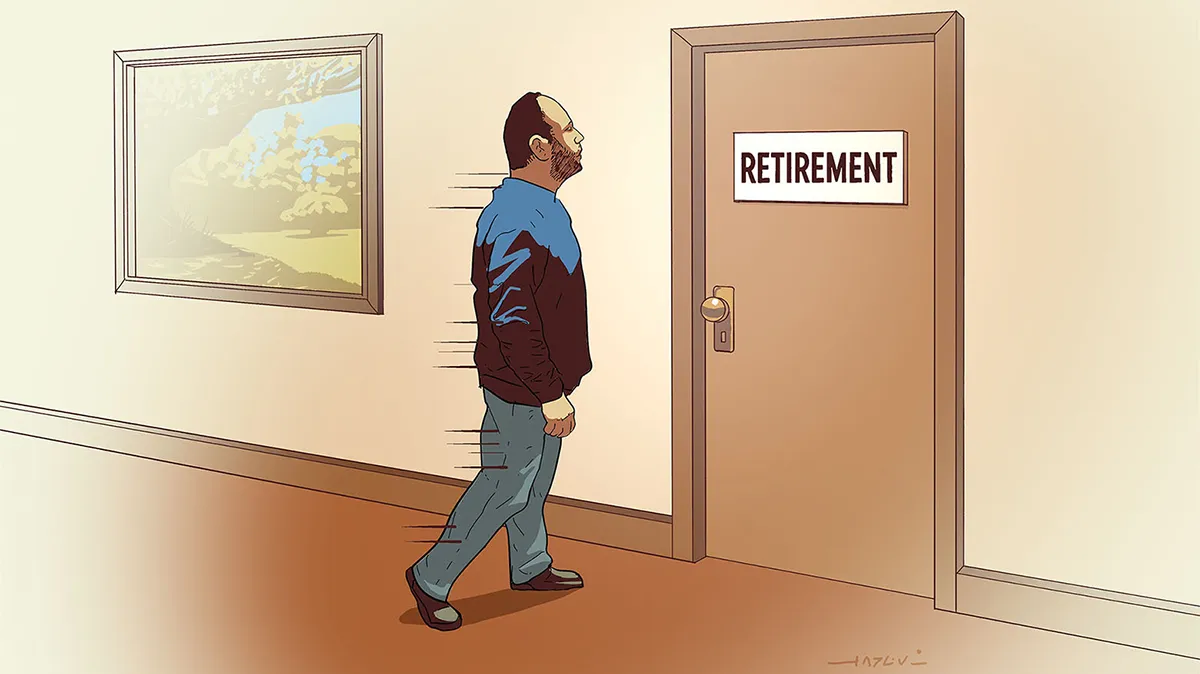I am not writing this under duress, neither my family nor I were kidnapped by the Chinese government; I simply made a mistake in my last note about China called “Simple Math of Chinese ‘Staggering’ Growth” and would like to correct it. The Chinese non-export economy is not growing at a 23% rate. This figure would have been right if China only exported and did no imports, which is obviously not the case: imports are about 25% of GDP (exports are 35%, leaving net exports at about 10%).
If we were to assume that exports and imports are declining at the same pace of 20%, then the impact of declining net exports on the growth of the total economy would be about -2% – a much lower number than the -7% I used in my misguided note. Also, the non-net-export economy (about 90% of the total) would have to grow at about 11% (not 23%) to offset declining net exports and for the total economy to grow 8%. Here I am assuming that exports and imports declined at the same rate. Chinese imports declined at a slower rate than exports in June and were dropping at about the same rate as exports in May.
China, as any other country, imports two type of goods: finished goods (i.e., earthmovers, planes, etc.) and raw materials. Raw materials I’d break into two categories as well: the obvious ones – commodities like oil, copper, etc. – and parts, goods that go into finished products that are assembled in China and then exported or consumed internally.
There is little or no value added to finished goods, but there is a lot of value created in raw materials. Sorry to be going economist on you (I am not one), but to understand the import/export relationship, let’s take a closer look at this example: a contract manufacturer that makes cell phones. The manufacturer imports a lot of parts that go into the phones (the processor, wires, sensors) from other countries and sources some parts (maybe memory) in China. It assembles these parts into a final product and exports the product to the US and Europe. The value-added component here is, for the most part, assembly – the cheap labor. If exports of cell phones drop by 100 renminbi, does it impact the economy proportionately by 100 renminbi? No, if, let’s say, 70 renminbi worth of components were imported from Taiwan, the impact on the Chinese economy is only 30 renminbi (Taiwan’s exports suffer a 70 renminbi loss). As you can see, if we ignore imports and focus solely on exports, we overstate the impact exports have on the economy. I did just that. Wrong!
Things get even more complicated because of the multiplier effect – though net exports are only 10% of the Chinese economy, there is a large number of additional jobs created around them. Plus, don’t forget the capital investment that growth of exports brings to the country: factories are built and infrastructure (roads, airports, etc.) is needed to support these factories. Capital investment and export manufacturing-related infrastructure projects will decline with plummeting exports. To make things worse, we have overcapacity in China. Huge factories were built to accommodate demand than will not actually be realized for years. Developed-world economies are readjusting to a “new normal,” consumption of many products will readjust to lower levels, and thus fewer goods will be produced. We can already see this by listening to conference calls of large multinational companies – they are cutting their production in China at a very fast pace. Finally, a very large portion of imported commodities likely goes to support a non-export economy, thus imports true impact on export economy is hard estimate.
The inconvenient truth is that it is very difficult to measure the true impact that declining exports have on the Chinese economy – it is lower than I estimated in “Simple Math of Chinese ‘Staggering’ Growth,” but likely higher than the number I came up with above. The bottom line is that the growth of non-net-export economy is lower than I originally estimated, but it is still staggering considering its significant acceleration on top of already high growth.
All in all, though I am not glad I made the net-export mistake; at least, it sent me on a mental refresher course of economic concepts that unfortunately I’d forgotten.









i love it